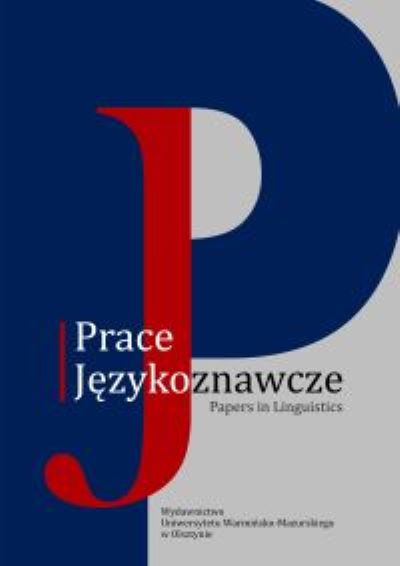Antroponimia Niemców rosyjskich po zmianie sytuacji polityczno-społecznej w nowej ojczyźnie (lata 20. i 30. XX w.)
The antroponymy of Russian Germans after the political and social changes in the new homeland (in the 1920s and 1930s)
Author(s): Jolanta Mędelska, Michał SobczakSubject(s): Cultural history, Social history, Historical Linguistics, Sociolinguistics, Interwar Period (1920 - 1939)
Published by: Wydawnictwo Uniwersytetu Warmińsko-Mazurskiego w Olsztynie
Keywords: anthroponymy; Soviet Germans; Sovietization of language;
Summary/Abstract: The use of personal names by Soviet Germans remains virtually unexplored. The authors excerpted anthroponyms registered in the 1920s and 1930s from the dictionary of names of Alma-Ata Germans. The material sample contains 75 male and 107 female names. It reflects the state of German anthroponymy, since Germans came to Kazakhstan mainly from the colonies of the Volga and Novorossiya, so they represent members of old communities of colonists. It was found that in the analysed period they chose mainly names used in the German ethnic area (Бертгольд, Гильда), including – less frequently – double names (Петр-Макс, Ильза-Гертруда), which constituted more than 80% of the names. More than 10% of the material consisted of Slavic names (Радомир, Людмила), and only 2% were Central Asian names (Сергазиз, Аниль). This shows that Soviet Germans slowly opened to other communities. Namesake Sovietisms are represented by four male names (e.g. Радий from the name of the chemical element radium, Рем – an abbreviation from революция, электрификация, механизация) and three female names (e.g. Сталина).
Journal: Prace Językoznawcze
- Issue Year: 24/2022
- Issue No: 3
- Page Range: 131-147
- Page Count: 17
- Language: Polish

